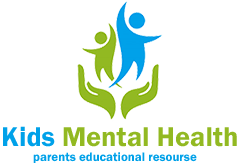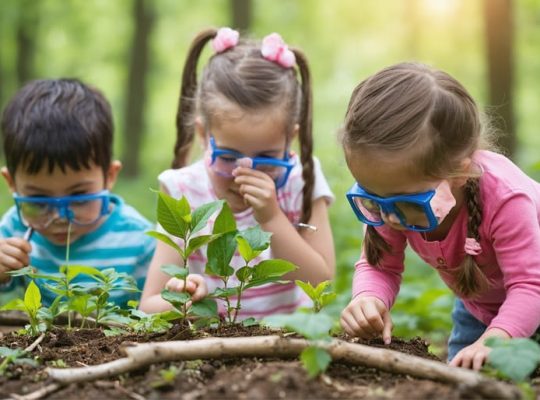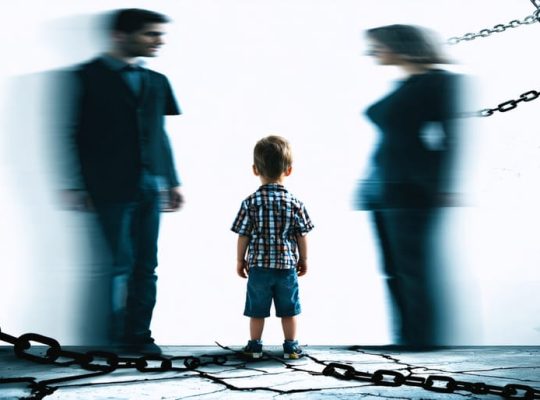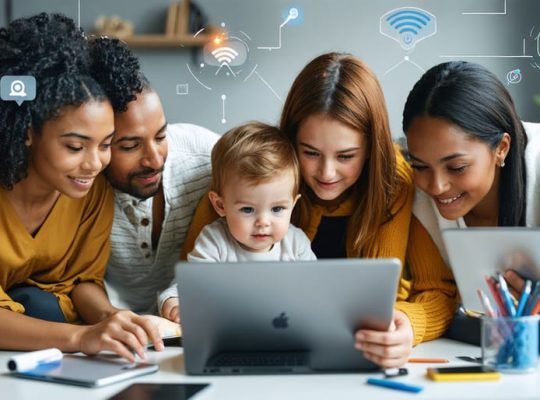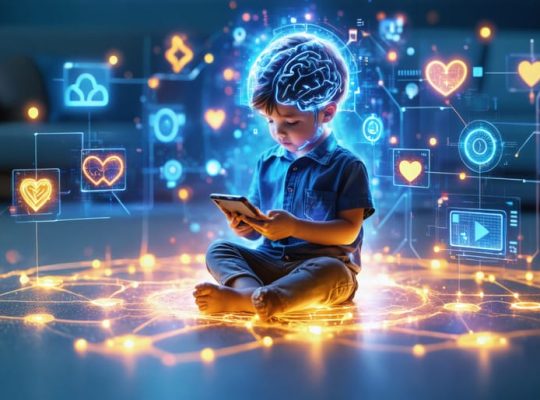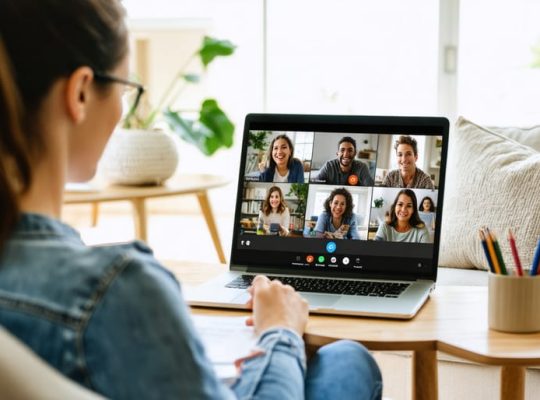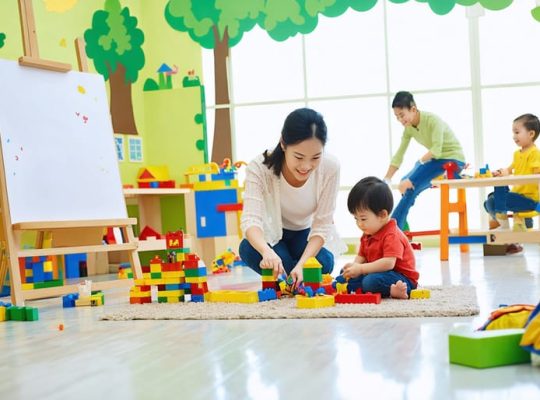Why Nature-Based Learning Makes Your Child’s Brain Thrive
Stepping outside the traditional classroom reveals a profound truth about learning: nature is our most powerful teacher. Recent studies from leading child development experts show that children who spend regular time learning in natural environments demonstrate up to 30% better academic performance across core subjects. Beyond test scores, nature-based learning cultivates essential life skills – from enhanced problem-solving abilities to improved emotional regulation and stronger social connections.
As both an educational approach and a wellness strategy, nature-based learning addresses many of the challenges facing modern …
